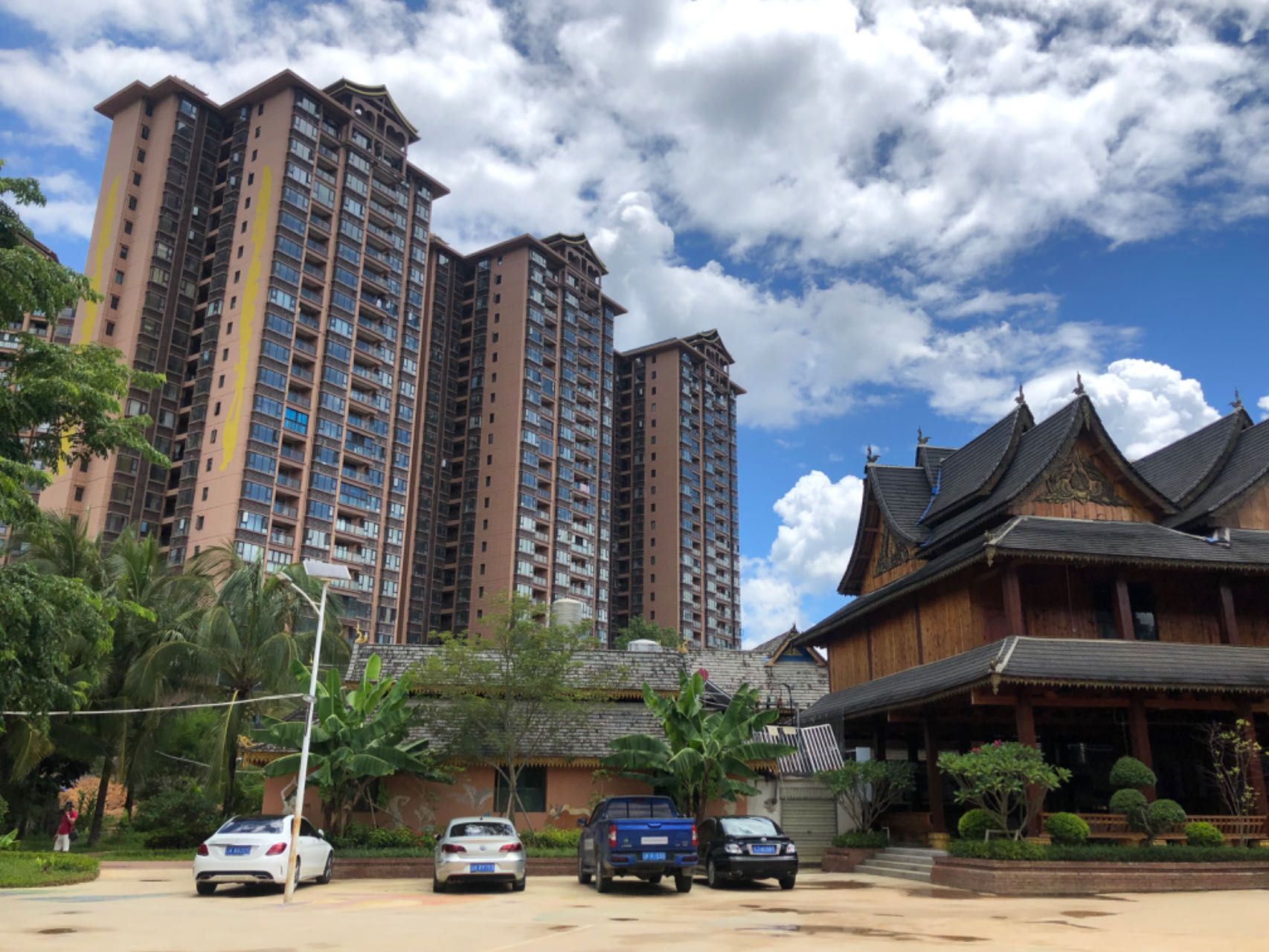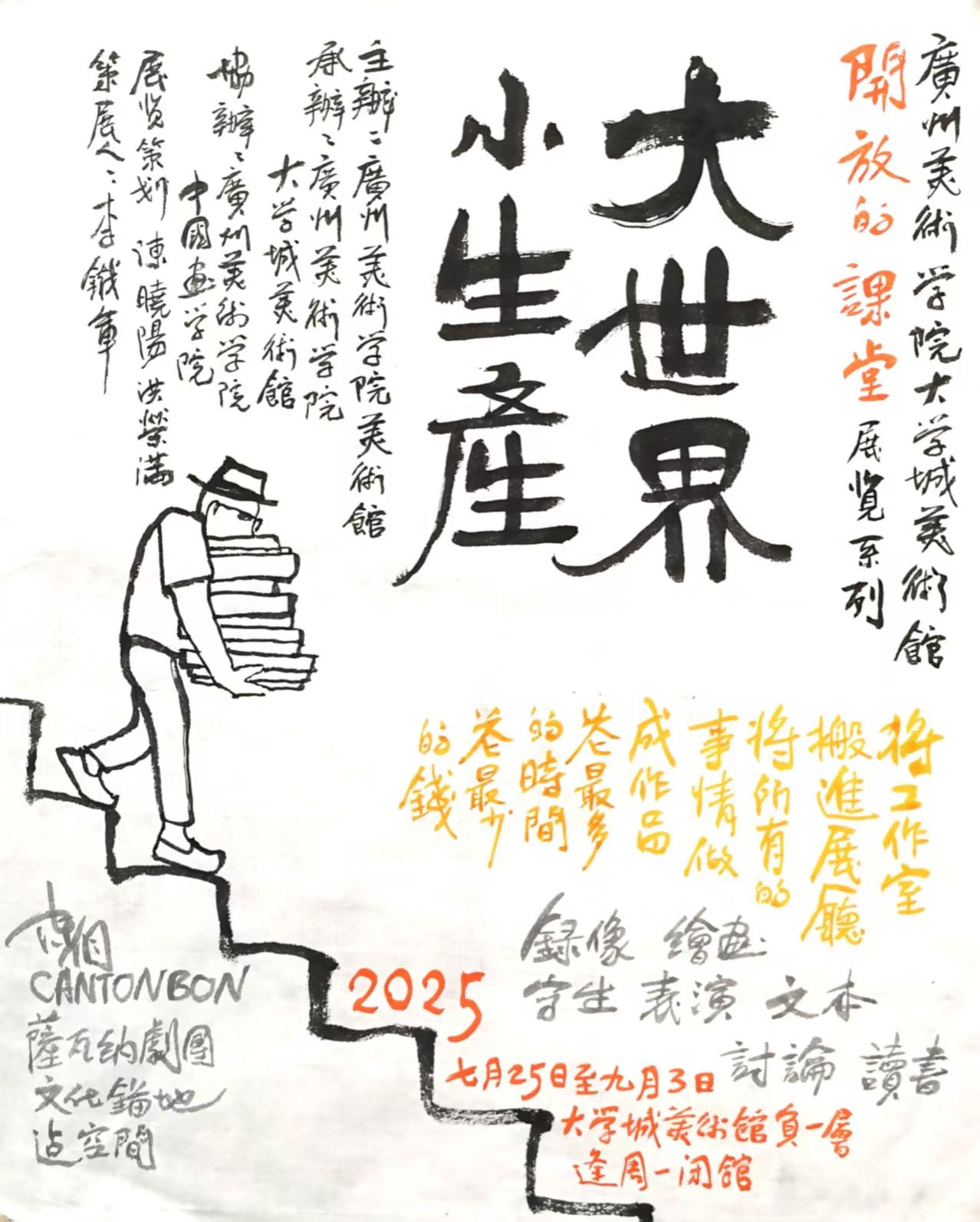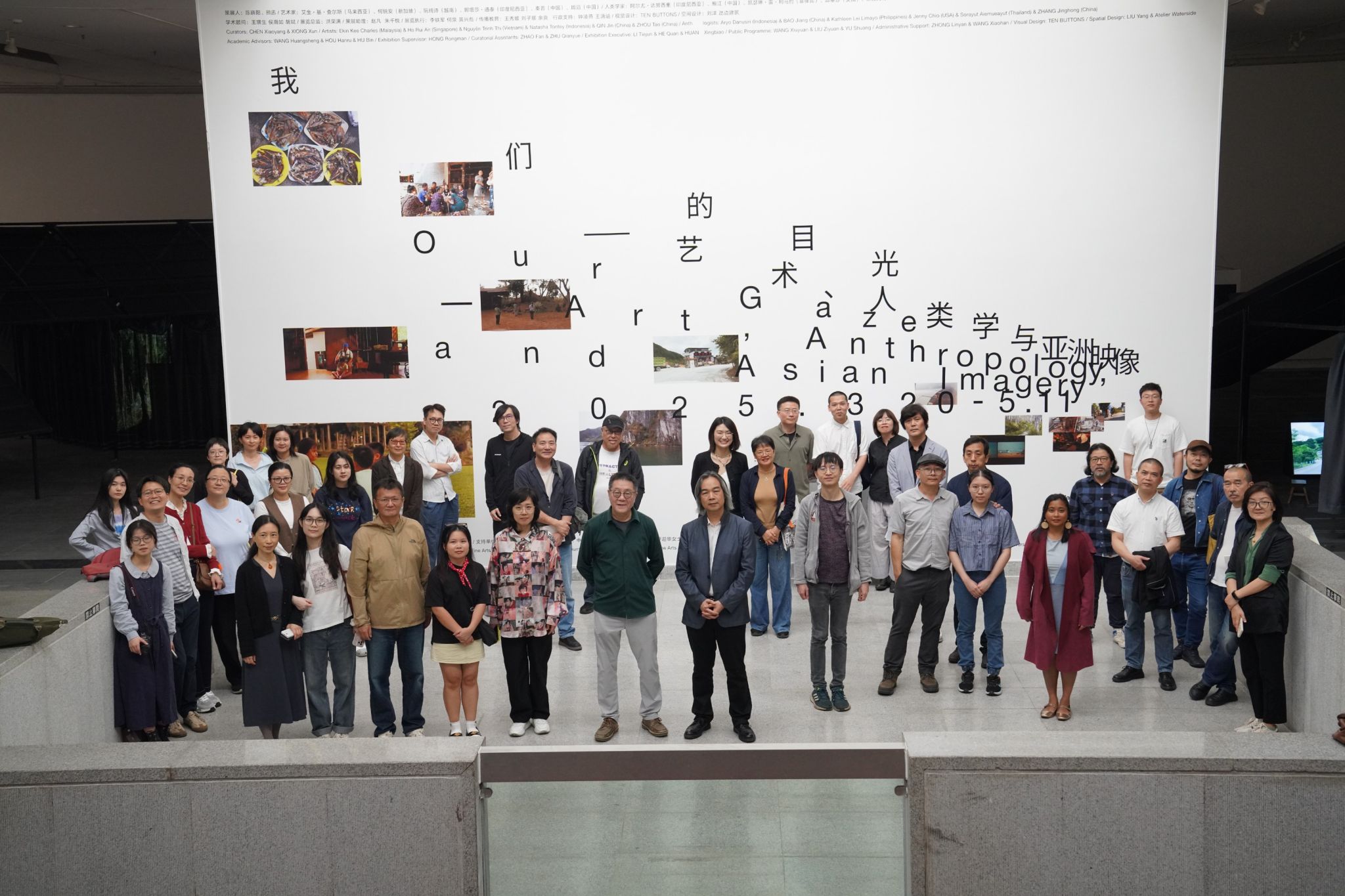ZHANG Jinghong
born 1975, China
works Shenzhen
Cities and Air Conditioning
2024
One-channel: video, color, sound
14 Minutes
Variable
In many big cities known for their hot weather, air conditioning has long been ingrained and commonplace, but in some small cities once known for their excellent natural environment, people's use of air conditioning is in an embarrassing dilemma.
Old villages crowned with cultural heritage are gradually being enveloped and overlooked by high-rise buildings. Amidst the mix of modern and traditional building materials, people are connecting air conditioners. However, the locals are still uncertain about the use of air conditioning.
The population is becoming increasingly mixed in the small city. The main reason for immigrants to come here is said to be the pleasant weather, although some have also brought with them the habit of using air conditioning. The locals are half enthusiastic about the immigrants and half resistant, just as their use of air conditioning is incomplete.
The rise and fall of natural species around the city also reflects a certain awkwardness, as cash crops, once considered potentially environmentally unfriendly, become green forests for home buyers. These 'green landscapes', along with air-conditioned landscapes, migrant landscapes and tourist landscapes, put pressure on small towns.
Indigenous people with air conditioning complain that the city is getting hotter and hotter; immigrants in high-rise buildings criticise real estate companies for destroying local folklore and culture; tourists visit traditional houses but insist on having air conditioning as an essential part of their accommodation......
What have made small towns opt for air conditioning? What natural and social changeshas air conditioning brought about? Where do people head towards, with or without air conditioning? The present of small towns is the yesterday of many big cities; the former is confronting challenges in a more dislocated way. Air conditioning is a prism that inspires us to think about the awkwardness, distortion and inexplicability of development and construction, and urges us to strive for a more benign direction of urban life.






